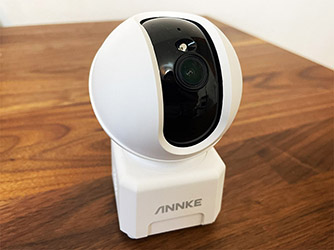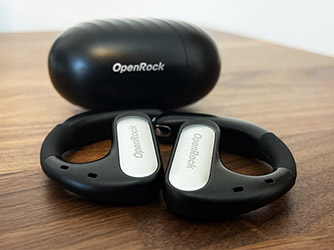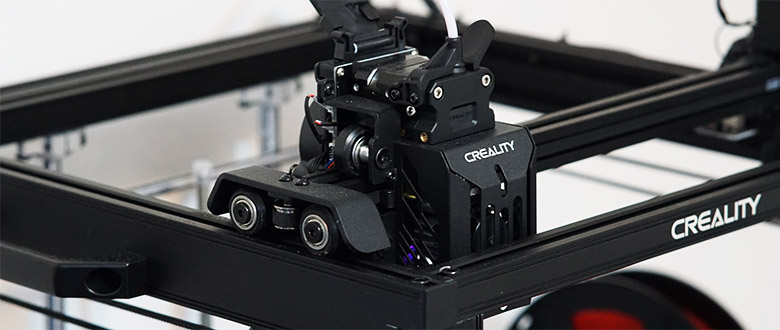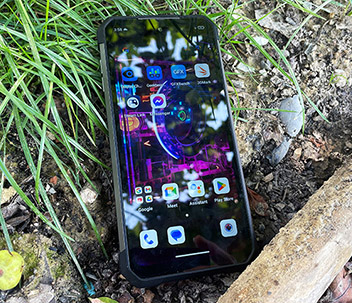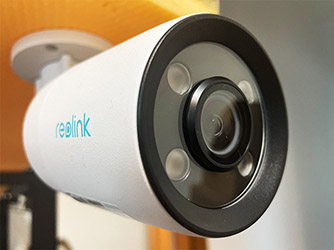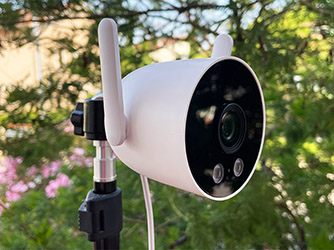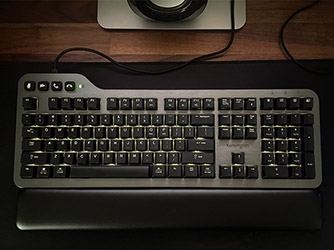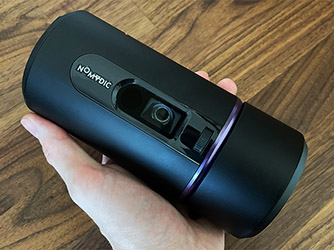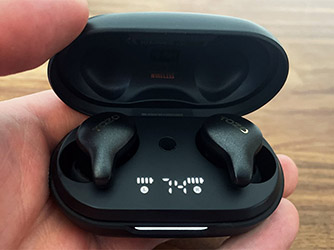ANNKE Crater Pro Pan/Tilt Indoor Camera Review: Still budget-friendly, but better equipped
The ANNKE Crater Pro comes as an improvement to the original ANNKE Crater, an indoor camera that was ridiculously inexpensive, while still offering some interesting features such as 1080p footage, two-way audio and human motion detection. So, why release a Pro version? For the same reason the SwitchBot Pan/Tilt Cam very recently got upgraded, it’s … Read more

